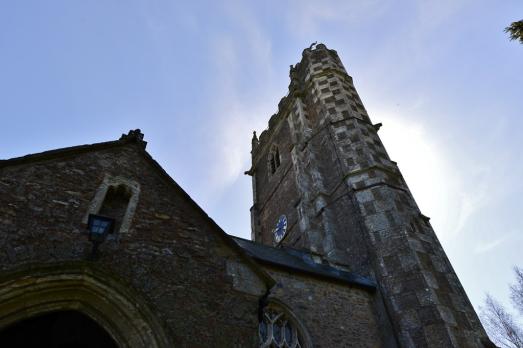
St Mary
Kentisbeare, Devon | EX15 2BG
The chequered tower of St Mary's is striking and unlike any other in Devon.
Search for a fascinating place to visit, or see the variety of churches, chapels and meeting houses we have supported.

Kentisbeare, Devon | EX15 2BG
The chequered tower of St Mary's is striking and unlike any other in Devon.
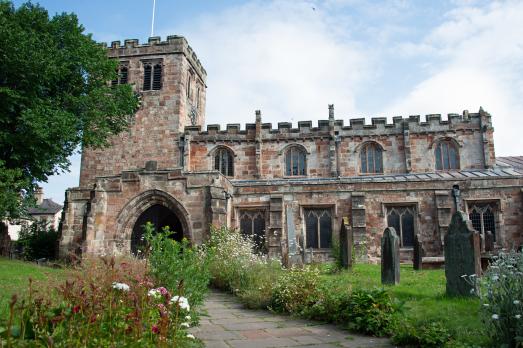
Appleby in Westmorland, Cumbria | CA16 6QN
Medieval church in the centre of an historic town with impressive family tombs and one of the oldest English organs still working in a parish church dating back to the 17th century.
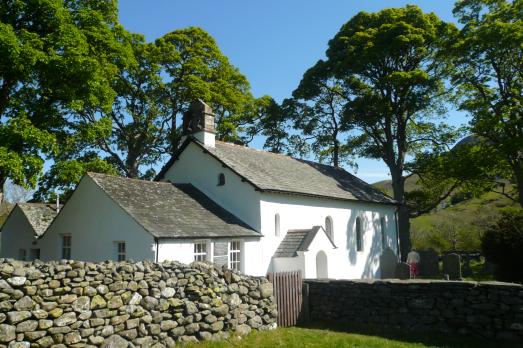
Newlands, Cumbria | CA12 5TU
Newlands church, set in the midst of the lovely Newlands Valley, is a haven of peace and tranquillity, it can be traced back to the mid 16th century, although it was substantially refurbished in the 1840s.
We have supported this church
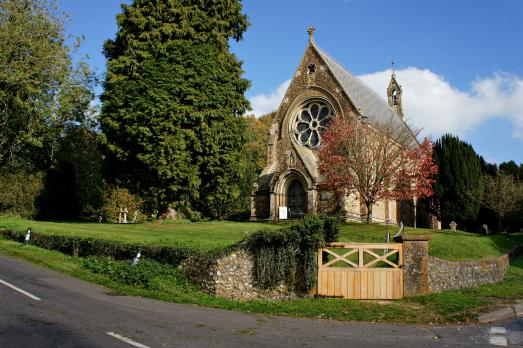
Itchen Stoke, Hampshire | SO24 0SX
A jewel inspired by the chapel of French kings.
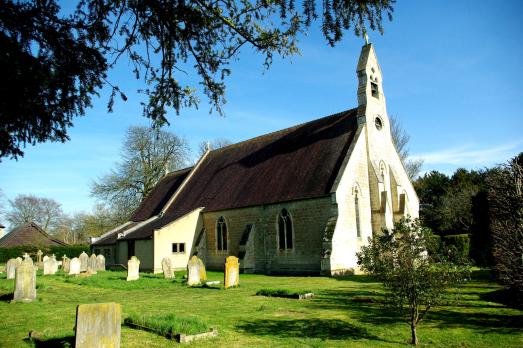
Lode, Cambridgeshire | CB25 9EW
A Victorian village church at the centre of the village.
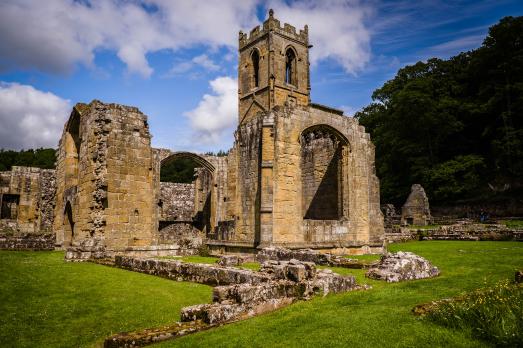
Northallerton, Yorkshire | DL6 3JG
Set amid woodland in North Yorkshire, this unusual monastery is the best preserved Carthusian priory in Britain.
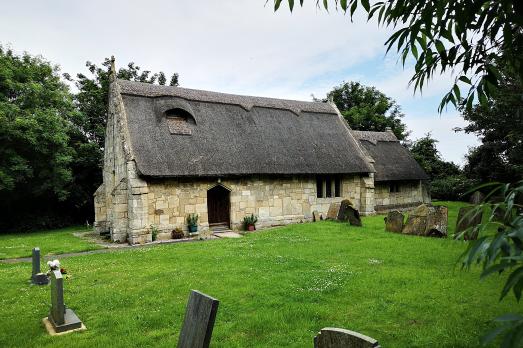
Markby, Lincolnshire | LN13 9QJ
The only thatched church in Lincolnshire.
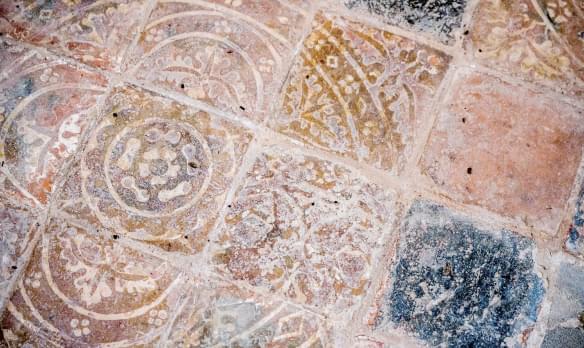
East Wellow, Hampshire | SO51 5DR
Flint walls, a low, steeply pitched roof and a 15th century wooden porch give the outside of St Margaret's a quiet rural charm.
We have supported this church

Romsey, Hampshire | SO51 8EN
Founded in 907, the abbey was at first a nunnery then, from 974, a Benedictine Abbey of nuns.
We have supported this church
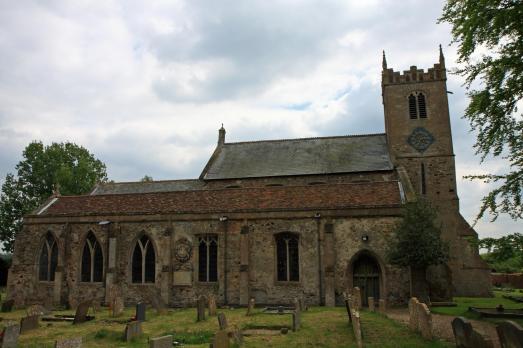
Wiggenhall St Germans, Norfolk | PE34 3EU
A good vantage point from which to enjoy the setting of this church is the bridge over the Great Ouse.
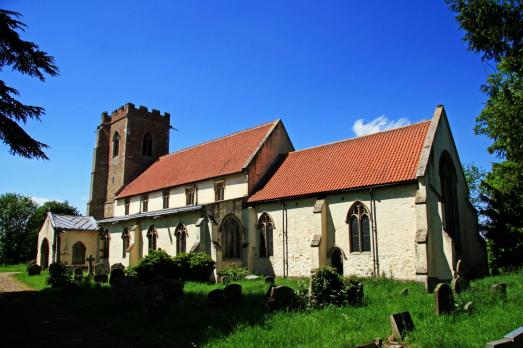
Wiggenhall, Norfolk | PE34 3EW
Reached along a lane that gradually leaves the trappings of the 21st century behind, this church is on a spit of land between two fenland drains that enter the Great Ouse about half a mile away.

Blandford Forum, Dorset | N17 9PR
The church traces its history back to 1661 when after the Act of Uniformity, Revd William Alleine, who had been appointed to Blandford Parish Church in 1650 was forced to resign his living.